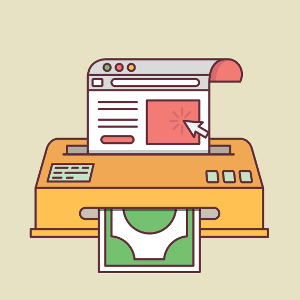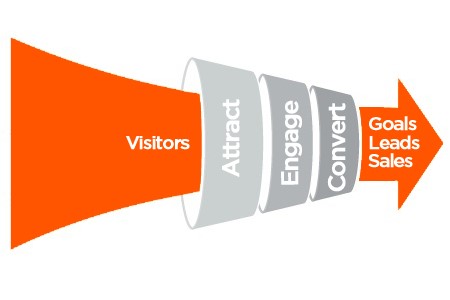Stop Wasting Visitors and Focus on Conversion Rates

Your site is up and running. You’ve spent a considerable amount of time focusing on Search Engine Optimization, Pay Per Click (PPC) advertising, getting a large number of products and creating content for your ecommerce site. Even with the best preparation, you might be finding that you are still losing a significant proportion of visitors. They are coming in and leaving without turning into customers. This scenario is all too common, but it can be minimized by focusing on conversion optimization.
Starting with the definition
A conversion is when a visitor to your site acts on your specific call to action (CTA). Whether your CTA is to buy a particular product, create an account, sign up for an email campaign or to download content—a conversion happens when the visitor takes the necessary steps to complete this action. The conversion rate is the percentage obtained when the total number of conversions is divided by the total number of visitors to your site. For example, if you have 1,000 visitors to your site and 10 of those visitors converted, the conversion rate is 1% (10/1000*100=1)
Although the conversion rate in the example above might seem low, it’s not uncommon to see a 1% conversion rate. Conversion rates are often overlooked by ecommerce sites, which can negatively impact sales and ROI. In order to avoid low conversion rates and gain more customers, ecommerce site owners need to focus on conversion rate optimization (CRO).
Conversion rate optimization turns visitors into customers
CRO is—in a sense—its very own ecosystem. There are many different facets that layer, overlap and feed into each other to create a well-optimized site that converts visitors into lasting customers. The only thing that’s required to achieve an effective CRO is time, data and patience.
The focus should be on creating an enjoyable user experience that engages and nurtures high-quality consumers who are looking for the products and services which you offer.

Implementing CRO to increase conversion rates
CRO involves hundreds of different tactics, but each one is situational. You need to find what works best for your site instead of mimicking competitors or more successful ecommerce stores, because what works for them may not work for you. In general, there are a few tips and tricks that can help any site increase its conversion rate.
- Focus on Specific Keywords—Instead of using broad, general keywords, focus on keywords that are specific to your business or site. These will perform better and have higher conversion rates. As an example, if you are a catering service that offers vegan dishes you may get a lot of traffic using “catering company” as one of your keywords, but might suffer from a low conversion rate considering that your traffic probably won’t be looking for vegan food.
- Don’t clutter your page with links and images—Any links and images you have need to contribute to your page, not distract from it. The more cluttered the page, the harder it is for a visitor to understand how to use the site, and the less likely they are to fulfill your call to action. Be aware of the effect your content has on visitors. Are there too many CTAs? Not enough? Is your CTA hard to find or easily accessible? Is there too much content? Is the content well written? You have to think about each and every one of these things (plus more) to squeeze conversions from your traffic.
- Streamline the conversion funnel—A Conversion Funnel is the path a visitor takes from the landing page through to conversion. For example, Home>Search>Product>Checkout. The faster and more efficient this funnel becomes, the more conversions your site will make. Don’t make the visitor jump through hoops to checkout. If the process is too cumbersome, the prospective customer could exit your site with items still in their cart. Streamlining is the key here.
- Optimize your Landing Page—You need to know which page visitors will land on when they click your link from the search results. Even if they land on your “About” page, it should be optimized to engage them into using your CTA.
The best way to boost conversion rates is to test!
Testing your pages is the easiest way to know what works and what doesn’t. Don’t just make guesses and assumptions as to what your visitors will like. By using simple A/B Testing, you can dramatically boost your conversion rates.
A/B Testing compares the conversion rates and performance of your original page to a page where you’ve made changes. Let’s say your page content is currently short form, and you’d like to see how it compares to long form. You can test to see which one performs better and has higher conversion rates. This is the best way to avoid or correct high bounce and exit ratings, and it shows what type of content visitors are most likely to favor. If you sit down and take the time to optimize and test your content to boost your conversion ratings, your site will greatly benefit from that effort.
Moosa Hemani—Inbound Marketing Governor at setalks.com



